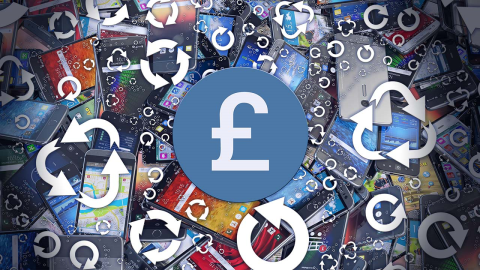

Wondering what the biggest announcements were from the Google I/O 2017 Keynote? Check out our 7 best picks below.
Android has more than 2 Billion Users
Google started the show with CEO Sundar Pichai revealing that Android now has over 2 billion users worldwide, which is over 25 percent of the global population. This figure takes into account smartphones, smartwatches, tablets, Android TVs, Streaming Boxes and everything else that uses Android as the underlying operating system. It’s a crazy figure which shows just how much the operating system now dominates the market.
Android O
The Android O developer preview only went live in March but we’re already starting to see plenty of features for Googles upcoming operating system. Perhaps the biggest improvement is how battery life is now optimised, with background apps much more controlled in how they handle resources and hardware. Limits on location use and WIFI scanning should ensure that you’re not making redundant background data requests which use up power. There’s also a new picture-in-picture mode which seems like an extension of the multi-app window. Video calling a friend, it is now possible to exit the app and still see them in the corner while you use the handset.
Android Go
Remember Android One? The ill-fated attempt by Google to offer low-budget phones for emerging markets which don’t compensate on performance? Well, consider Android Go to be the logical evolution of this idea. We’ve seen this briefly with ‘Project Svelte’, which alters the way Android works with low RAM devices in order to save resources. It’s a full operating system that will ship alongside Android O, offering a stripped down experience that is optimised for cheaper devices. Any device running less than 1GB RAM will automatically switch to Android Go, while play store apps that have been optimised for Go will be highlighted in the Google Play Store.
Google Daydream
Google Daydream is a virtual reality software specification designed by the company. It allows developers to take advantage of a standardised development model which will work throughout the Android range. We’ve seen numerous handsets join the family, though it’s been dying for a standalone headset to release. At this years Google IO, the company did exactly that. You won’t need a smartphone, they’ll have no wires and you won’t need a PC. HTCs Vive division and Lenovo are currently working with Google to build and launch standalone Daydream headsets later this year. Both will use Qualcomm chipsets and integrate sensors into the device for spatial awareness.
Google Home
A number of new features were announced for Google Home, the AI assistant that sits at the centerpiece of your smarthome hub. Perhaps the biggest is hands-free, direct calling from the device to any number. This will initially release in the USA with a wider roll-out scheduled for later. Users will be tie their mobile number to each account, with Google Home able to recognise up to six different voices. This means if you want to call mummy or Daddy, Google Home will be able to differentiate between the tones and call the correct family.
Other new features include an expanded number of services which now includes HBONow, plus greater integration with other devices in the network. You’ll be able to ask Home to send critical information straight to your mobile device, such as directions for a dinner date later in the evening. There’s also a bigger emphasis on how Google Home can be proactive without user input. Asking “What’s Up?” could get valuable information about your next appointment and when to leave for a smooth arrival.
Google Photos
The popular Google Photos application continues to get more and more sentient, with the latest update using software to make sharing recommendations for friends and family. You’ll also be able to share full libraries based on specific criteria such as who is in the picture and for how long. Google Lens was also shown at the conference, which is expected to debut later this summer. The feature will expand on the current editing functions found in the Photos Assistant. You’ll be able to use Google Lens for identifying what’s in an image and even ridding the picture of obstructions.
Google’s crazy AI Machine
Continuing their focus on Artificial Intelligence, Google announced a second generation variant of their AI chipset. The ‘Cloud Tenor Processing Unit’ is optimised for deep learning algorithms and can handle much more computationally intensive parts of the AI process. It’s capable of 180 teraflops (that’s a trillion floating point operations per second) of performance, which bests Nvidias recent announcement by 60 teraflops. Developers will also be able to join various Cloud TPUs together into a ‘TPU Pod’ which will deliver a massive 11.5 petaflops of power.
Deep learning is still an area where processing chips struggle. The average time for training an AI program varies between weeks and days using current hardware, with graphics processing units (GPUs) offering the best performance. Google say that their new Cloud TPU is capable of completing a training algorithm in only an eight of the time versus current competition.





